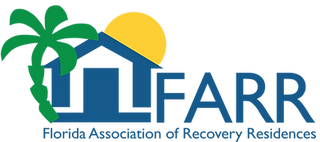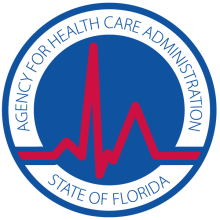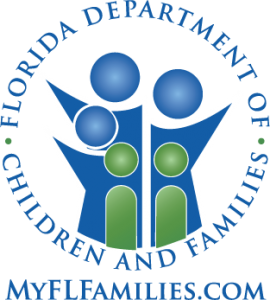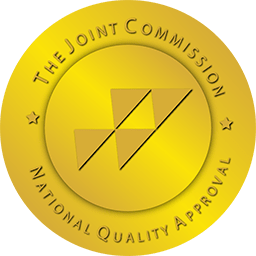The active ingredient in OxyContin is oxycodone, which is also found in drugs like Percodan and Tylox. However, OxyContin contains 10-160 mg of oxycodone in a timed-release tablet. Painkillers such as Tylox contain 5 mg of oxycodone and often require repeated doses to provide pain relief because they lack the timed-release formulation.
Addiction to OxyContin® is as severe as heroin, as they are both derived from opium.
OxyContin most commonly exists in tablet form. These round pills come in 10 mg, 20 mg, 40 mg, 80 mg and 160 mg dosages. OxyContin also comes in capsule or liquid form.

Abuse of OxyContin®
Short-term Effects of OxyContin® Abuse
Other common side effects include:
- Constipation
- Nausea
- Sedation
- Dizziness
- Vomiting
- Headache
- Dry mouth
- Sweating
- Weakness
Toxic overdose and/or death can occur when the tablet is broken, chewed, or crushed. People who abuse the drug by removing the timed-release coating can experience effects for up to 5 hours.
Long-term Effects of OxyContin® Abuse
Symptoms of withdrawal include:
- Restlessness
- Muscle and bone pain
- Insomnia
- Diarrhea
- Vomiting
- Cold flashes with goose bumps
- Involuntary leg movements
How OxyContin® Differs from Other Painkillers
- OxyContin is a powerful drug that contains a much larger amount of the active ingredient, oxycodone, than other prescription pain relievers. By crushing the tablet and either ingesting or snorting it, or by injecting diluted OxyContin, abusers feel the powerful effects of the opioid in a short time, rather than over a 12-hour span.
- Great profits can be made in the illegal sale of OxyContin. A 40 mg pill costs approximately $4 by prescription, yet it may sell for $20-40 on the street, depending on the area of the country. OxyContin can be comparatively inexpensive if it is legitimately prescribed and covered by insurance. But the National Drug Intelligence Center reports that OxyContin abusers may turn to heroin if their insurance will no longer pay for their OxyContin prescription, because heroin is less expensive than OxyContin purchased illegally.
Crimes Associated with OxyContin® Abuse
Abuse, crime and fatal overdoses have all been linked to OxyContin addiction. Many reports of OxyContin abuse occur in rural, economically depressed areas with labor-intensive industries, such as logging or coal mining. Because of the temptation to make extra income, people may sell their OxyContin prescriptions for profit.
Also, those addicted to OxyContin become so driven to get more of it that they will go to great lengths to get the drug, including robbing pharmacies and writing false prescriptions.
Likelihood of OxyContin® Addiction from Prescription
The Difference between OxyContin® Dependence and Addiction
Drug Treatment for OxyContin®
Our professional drug treatment center staff is experienced in helping youth and people of all ages recover from drug and alcohol abuse. We provide a compassionate, supportive environment in our North Miami Beach, Florida, drug treatment center.
Admissions can be accepted 7 days a week. Trained addiction professionals conduct individual assessments that address each individual’s treatment needs. You’ll find our OxyContin drug treatment programs offer access to a continuum of care that provides the intensity of therapy appropriate throughout each stage of recovery, from extended residential care to lifetime aftercare services. The individual program incorporates leading forms of therapy that have proven effective in addressing underlying causes of OxyContin abuse, dual diagnosis, and issues with family, employers, school and the legal system.
We work with patients individually as well as in group sessions and a Family Program, after OxyContin detoxification. Emphasis on recovery from OxyContin addiction and maintained sobriety helps prepare the patient for gradual re-entry into society.
OxyContin treatment does not need to be voluntary. Often, a family member, employer, or the court system can be the motivating factor for an individual receiving drug treatment for OxyContin.
If you think that you or a loved one may be addicted to OxyContin, please contact us right away. We’re here to help. Call us at 1 800-626-1980 or request more information.







